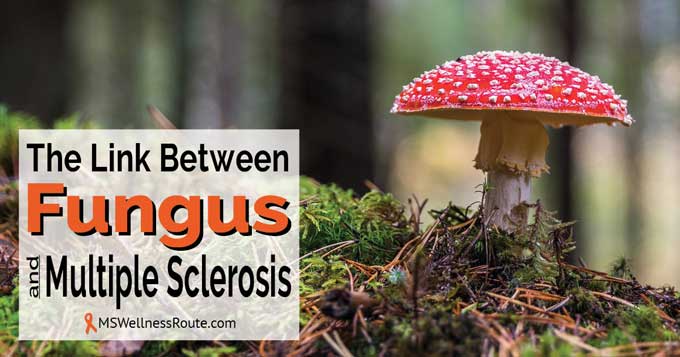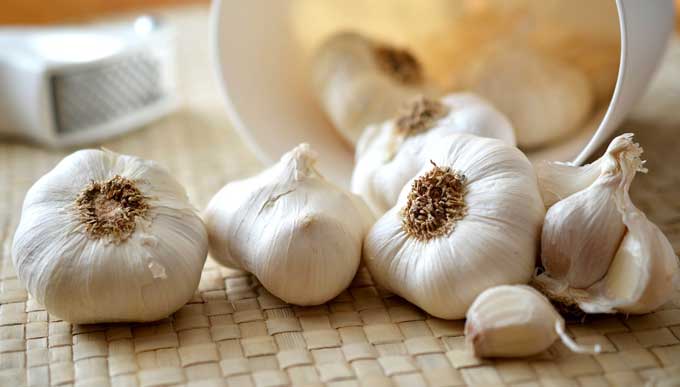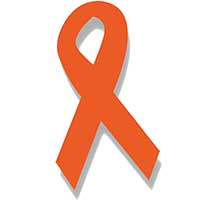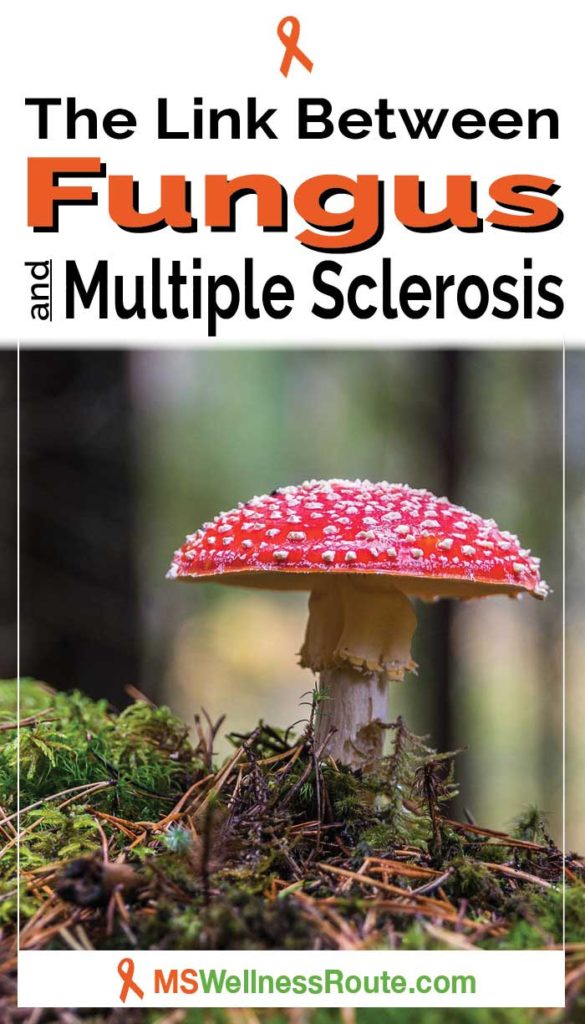Last Updated on January 27, 2025 by Cathy

Did you know many people with multiple sclerosis (MS) have fungus overgrowth and don’t realize it? Yeast lives in different parts of our body, it’s found on the skin and mucous membranes like the mouth.
It’s normal for everyone to have small amounts of yeast. But, when it becomes overgrown it causes many health issues. From minor irritations like dandruff to major problems like autoimmune diseases.
Yeast overgrowth, also known as Candida, is usually kept under control. But, thanks to antibiotics, poor diet, and stress the gut bacteria gets out of balance. As the good bacteria die off Candida grows out of control. Plus having a weakened immune system doesn’t help.
As Candida begins to take over it continues to grow by feeding on sugar, fermented foods, and vinegar. If you often get a sugar craving it’s probably due to Candida.
How do I know if I have yeast overgrowth?
If you have MS you more than likely have yeast overgrowth. Candida isn’t really noticeable but there are subtle signs. Unfortunately, conventional doctors only treat the symptoms. They don’t treat the underlying cause so the treatments are only temporary.
Signs of yeast overgrowth:
- Athletes foot
- Autoimmune diseases (MS, lupus, type 1 diabetes, etc.)
- Bloating
- Brain fog
- Constipation
- Depression
- Diarrhea
- Mood swings
- Nail fungus
- Numbness
- Seasonal allergies
- Sugar cravings
- Urinary tract infections
- Yeast infections
How to Get Candida Under Control

I won’t lie, getting Candida back under control is not easy. First, you need to stop eating foods that feed the yeast overgrowth. They include all processed foods, gluten, dairy, and sugar. If you’re used to eating a standard Western diet this is going to be a huge change. Avoid all processed food and refined sugar.
NOTE: I used to avoid fruit believing it was full of sugar and feeding Candida. But, after researching I’ve discovered this is not true. Studies found fruit does not increase blood sugar so Candida is not feeding on it. Fruit is healing to the body and helps restore your health.
It’s best to follow an anti-inflammatory diet, like the Paleo diet, then adjust it to reduce your sugar intake. I personally followed The Wahls Protocol because it’s very nutrient-dense. Plus, I probably had Candida since I was a small child. I was fifteen when I had my first MS symptom – optic neuritis.
Fortunately, there are some foods that help to fight Candida. You should include these foods into your diet often even if you don’t like the taste – it’s for your health.
Foods that help get Candida back to a healthy level include fruits, vegetables, and herbs.
Treating Candida
Once you stop eating the foods that Candida feeds on you can get it back to a healthy level. There are pharmaceutical drugs you could take like Diflucan or Nystatin. But, they come with awful side effects.
It’s best to take natural remedies by eating more of the foods listed above. But you should also take natural anti-fungal herbs. You can usually find these in natural food stores or on Amazon. NOTE: herbs can affect some medications always speak with your doctor first.
Natural anti-fungal herbs:
- Black walnut
- Cloves
- Garlic
- Olive leaf extract
- Oregano
- Pau d’Arco
- Tea tree oil
- Turmeric
My Experience
Several years ago, I finally realized I had Candida. Besides The Wahls Protocol. But, I also followed the book Healing Multiple Sclerosis by Ann Boroch. After three months of my new protocol, the symptoms that I had for 10-20 years were beginning to reverse. Including my heat intolerance, boot sensation on my feet, extreme dry mouth, and more.
Stress and Candida
I was really happy with my results but then my symptoms stopped reversing, I believe it was due to stress. Stress has always been a struggle for me, it’s what caused my walking to get worse many years ago.
To get my stress under control I had to take some drastic measures and that was to stop working. I loved my career (I worked in the newspaper business) but it was highly stressful and it was ruining my health. It’s not always possible to quit your job and stop working but maybe it’s time for a career change.
It’s extremely important to learn how to handle your stress. Stress plays a HUGE role in MS, it can trigger the onset of MS and it can cause a flare. Stress also raises your blood sugar. Candida doesn’t care where the sugar comes from, it will use any sugar to feed on and grow.
It’s impossible to avoid all stress but sometimes you may need to take some drastic measures:
- Avoid toxic people
- Don’t enable adult children
- Don’t procrastinate and let problems pile up
- Get out of abusive relationships
- Move to a more peaceful neighborhood
- Resolve money issues
- Set boundaries with negative family members
- Stop saying yes to everything
- Quit a stressful job
Start small and get these stressors out of your life. Your subconscious mind holds onto problems that are causing you stress and unhappiness. Start thinking positively and smile often.
Mycotoxin Exposure
I was a little disappointed that a few of my symptoms didn’t reverse. Such as my walking, numbness in my feet, and numbness in the front of my mouth. I knew there was something more than Candida.
After talking to my functional medicine doctor I decided to get tested for mold. I was expecting to see something but it was shocking to see how EXTREMELY high my level was.

Symptoms of mycotoxin exposure:
- Anxiety
- Autoimmune diseases
- Brain fog
- Depression
- Fatigue
- Headaches
- Insomnia
- Joint or muscle pain
- Leaky gut
- Muscle weakness
- Neurological issues
- Skin rashes
HLA-DR, Fungus, and Multiple Sclerosis
Having the HLA-DR gene puts you at a higher risk for MS and mycotoxins. The gene also causes your body to have a harder time detoxing. Mycotoxins trigger inflammation and oxidative stress preventing your body from healing.
The HLA-DRB1*15 allele group is the most important genetic risk factor of MS, and is a risk factor in several other conditions linked to fungal infections.
– US National Library of Medicine
Use these methods to detox from mycotoxins:
- Eat a clean diet
- Avoid foods dairy, gluten, refined sugar, processed foods
- Curcumin
- Eat a low-fat diet
- Infrared sauna or infrared light (I go to a place for infrared light plus use an infrared heat lamp)
- Herbal teas such as milk thistle and rooibos
Researchers believe that MS could be caused by polymicrobial infections. Polymicrobial infections are caused by a combination of bacteria, fungi, parasites, and viruses.
Quick Links You May Be Interested In:
How to Tell if You Have Candida
6 Incredible Foods That Kill Candida
DNA Test for Multiple Sclerosis
In the past, researchers have discovered a strong link between fungus and multiple sclerosis. Eating a diet that is low carb and low mold will help get the yeast under control and the mycotoxins out of your system.
It’s a good idea to get tested by a functional medicine doctor to find out if this is a problem for you.
The Link Between Fungus and Multiple Sclerosis
In 2022, a 20-year study stated Epstein-Barr virus (EBV) is the main cause of MS. However, 95% of all adults worldwide have EBV but only a small percentage have MS. This proves something else is involved.
Until they figure out what else triggers multiple sclerosis, whether it’s a fungus, you need to continue to live a healthy lifestyle. Eat a clean diet, exercise, lower your stress, and take supplements to remove bacteria and viruses such as EBV.

Get Access to my Free Library!
Get the password to my library with MANY wellness printables here by filling out this form:
Want to remember this health tip? Pin it to your favorite Pinterest board!

Resources:
https://www.ncbi.nlm.nih.gov/pubmed/30032588
https://www.survivingtoxicmold.com https://www.jillcarnahan.com/2015/02/08/low-mold-diet/ https://www.ncbi.nlm.nih.gov/pmc/articles/PMC5650687/
https://www.ncbi.nlm.nih.gov/pubmed/29859870
The Link Between Fungus and Multiple Sclerosis





